optimal humidity for houseplants
At this level growth rates are highest for common greenhouse plants. Low humidity levels are a common problem in homes year around.

Creating Humidity For Indoor Plants A How To Guide Dossier Blog
Another simple strategy to raise humidity is by grouping the plants.
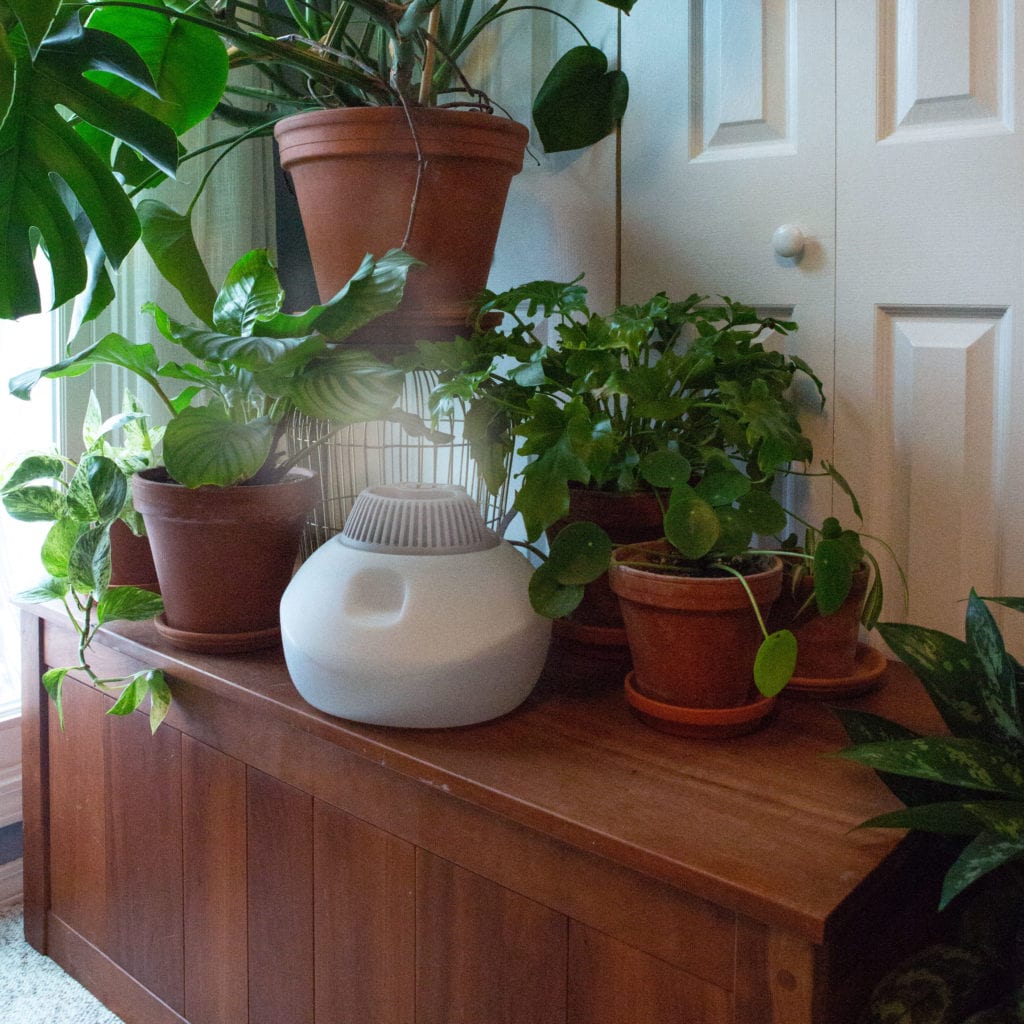
. This belongs to you dont have to bother a lot scenarios. Youll also want to. Humidity Tray Humidity trays are plastic drip trays lined with pebbles and covering the stones midway with water.
The best humidity levels for houseplants is usually within the high end of the range for a comfortable healthy home. Many houseplants are comfortable with this though some may need some extra accommodation to be their happiest. This is the ideal humidity level for most houses during summer and the perfect humidity level for most plants to flourish.
A very common and simple method of ensuring indoor plants get the humidity they need is by spraying. Ideal humidity for plants range between 40-60. A good rule of thumb is to keep the night temperature 10 to.
Humidity for Houseplants. When starting seeds 95 percent humidity is recommended but once actively growing most plants thrive in a relative humidity of 55 to 97 percent. If you dont have a hygrometer to measure the humidity inside your.
However it is important to consider regions and seasons when thinking to ensure the ideal humidity level for indoor plants. Most flowering indoor plants prefer the same daytime range but grow best at nighttime temperatures of 55 to 60F. If your indoor plants are not getting enough humidity their roots will absorb more water from the ground leaving the soil dry.
The temperature preferences of indoor plants are categorized as cool intermediate or warm. Grouping plants to create a microclimate. At the early flowering stage most growers agree that plants benefit from lower humidity levels.
Great news for you is that 60 percent humidity in house is what the majority of commonly kept indoor plants adore. For example Ferns particularly Nephrolepsis require higher levels of humidity around 80. In general its helpful but not essential for houseplants to have a whole house humidifier.
We will answer your burning question. Although houseplants tolerate temperatures that are slightly lower or higher than ideal less than optimal environmental factors affect growth and quality. Large humidifiers can supplement entire rooms.
Misting is one way by which you can add moisture to your plant to maintain the humidity. Humidifier Humidifiers are a great way to add moisture to the air. Typically thats when indoor relative humidity is between 40 and 60.
Occasional misting is what will help you achieve the desired level. While houseplants do add moisture to the air baseline humidity levels in their environments can help them really thrive. Belonging to the tropical regions most houseplants require humidity ranging between 50 and 60 sometimes even more.
At higher or lower humidity levels plant physiological processes may slow down leading to slower growth and lower quality output. To add humidity to your home you have four basic options. Humidity levels of 60 to 80 percent are ideal for them to grow successfully.
A typical home has about 40 to 60 relative humidity during the warmer seasons. Up to 4 cash back The ideal humidity for houseplants is 40-60 higher than the humidity levels found in our homes especially during the winter when fireplaces and furnaces create drier air conditions. Do humidity trays really work to increase humidity levels for your indoor plants.
If a plant is sensitive to lower levels than 70 increasing the humidity will be required. The ideal humidity for them is around 50 to 60 percent. This includes the following.
Temperature Humidity and Other Important Factors There are typically three main temperature points of plant growth. Temperature In general foliage indoor plants grow best between 70 and 80F during the day and from 60 to 68F at night. We will also discuss using humidifiers for.
Cool is 40 to 50 Fahrenheit intermediate is 60 to 75 F and warm is greater than 75 F. This is the ideal level which is difficult to maintain indoors especially for tropical plants. Vegetative phase 25 degrees Celsius and 60-70 humidity.
Any increase in humidity will help plants however especially if the dwelling is heated by a wood or coal stove or fireplace. Orchids are another type of blooming plant that absorbs moisture and cools your house in summer. Again theres no ideal figure to aim for but many will stick between 4050 occasionally pushing to roughly 55.
Ironically most houseplants thrive with high levels of humidity. Desert plants like cacti want 40 humidity level in the home. In winter especially with the central heat on the relative humidity of an average home often falls to 10 to 40.
These refer to the minimal optimal and maximum temperature. Houseplants do best at a relative humidity of 70 to 80 percent a level that is often difficult to maintain in the home. During the vegetative stage when your plants are growing lots of thirsty leaves the need for moisture spikes and they thrive in humidity levels up to 70 percent.
There are some places that have very little humidity. Indoor plants need humidity levels between 40 and 60 percent and suffer from stress when the humidity for houseplants is outside that range. In this blog we share tips on how to raise humidity to help your houseplants thrive.
40 60. Some types of orchids are grown in the soil while others are. The optimal relative humidity setpoint for most plants is around 80.
Flowering phase 28 degrees Celsius and 40-50 humidity. We frequently suggest somewhere between 45-55 to accommodate the widest range of plants. However some plant types prefer higher humidity.
To provide your plants with an ideal living environment in the winter its essential to increase the humidity for your plants. For some species its the best place for them to grow. In general the humidity level in the home is below 30 and it can be varied depending on the regions.
Dry soil often indicates. Plants growing in a greenhouse or glasshouse can reach above 80. 8 rows The Best Humidity Level For Plants Based On Stage of Plant Growth According to the University of.
As plants begin to bloom they require less water and a less humid environment will prevent the fungi that cause bud rot from. High relative humidity levels also drastically increase the susceptibility. With specific ways to increase humidity such as misting other plants can also easily survive.
Thus they need high humidity and warm weather to remain healthy.
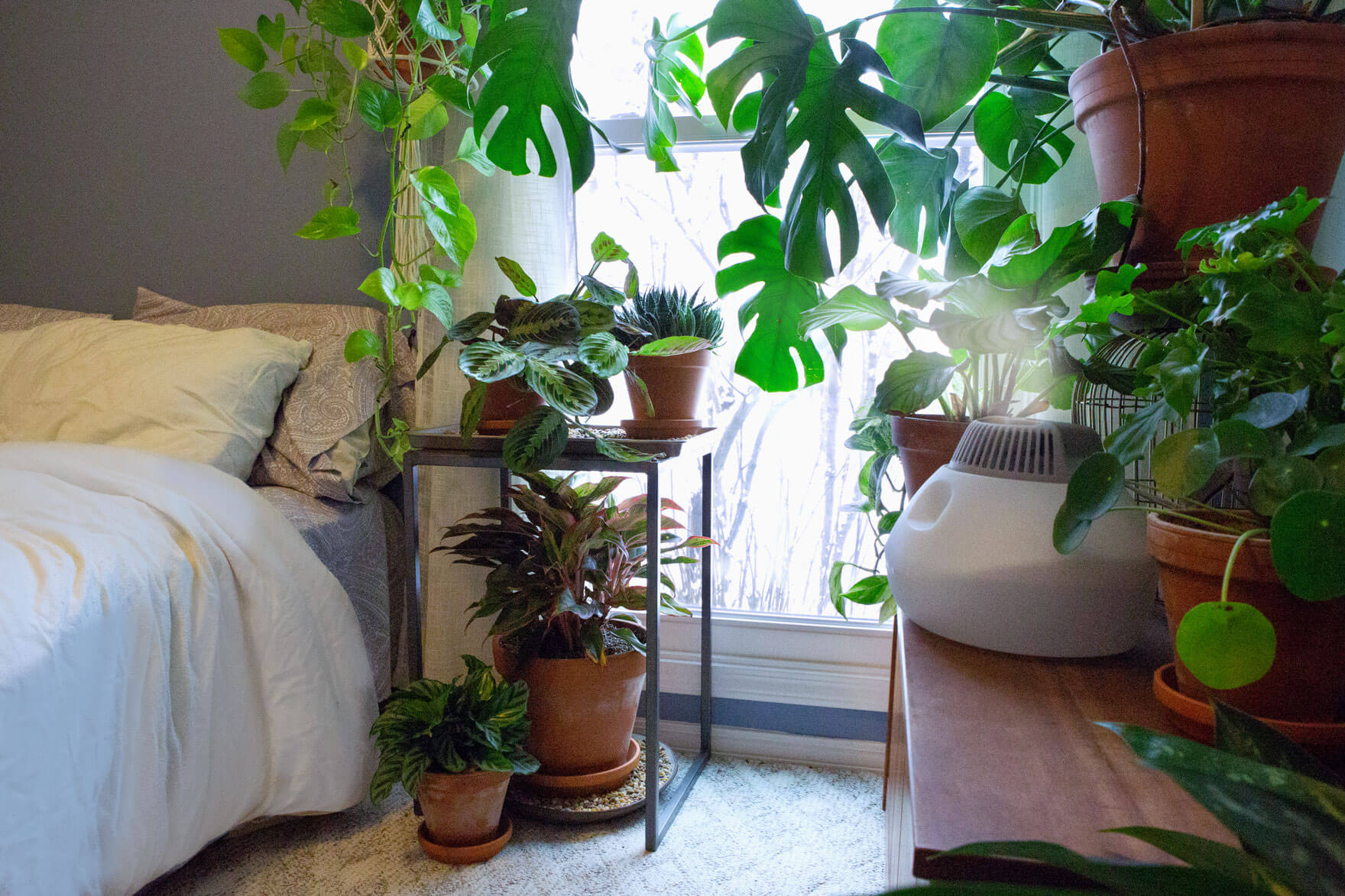
How To Increase The Humidity For Your Houseplants Bloomscape

10 Great Ways To Increase Humidity For Indoor Plants Smart Garden Guide

Creating Humidity For Indoor Plants A How To Guide Dossier Blog
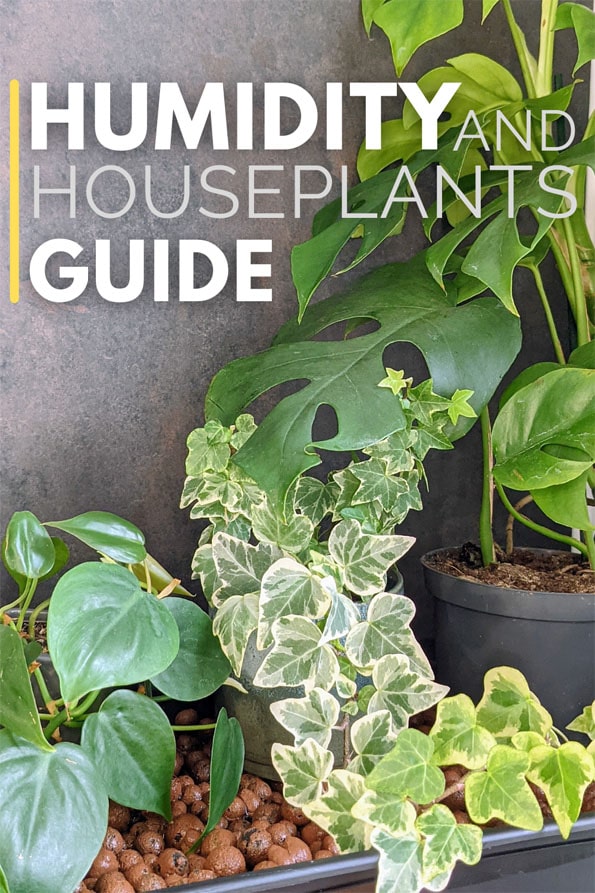
Humidity And Indoor Plants Guide Ourhouseplants
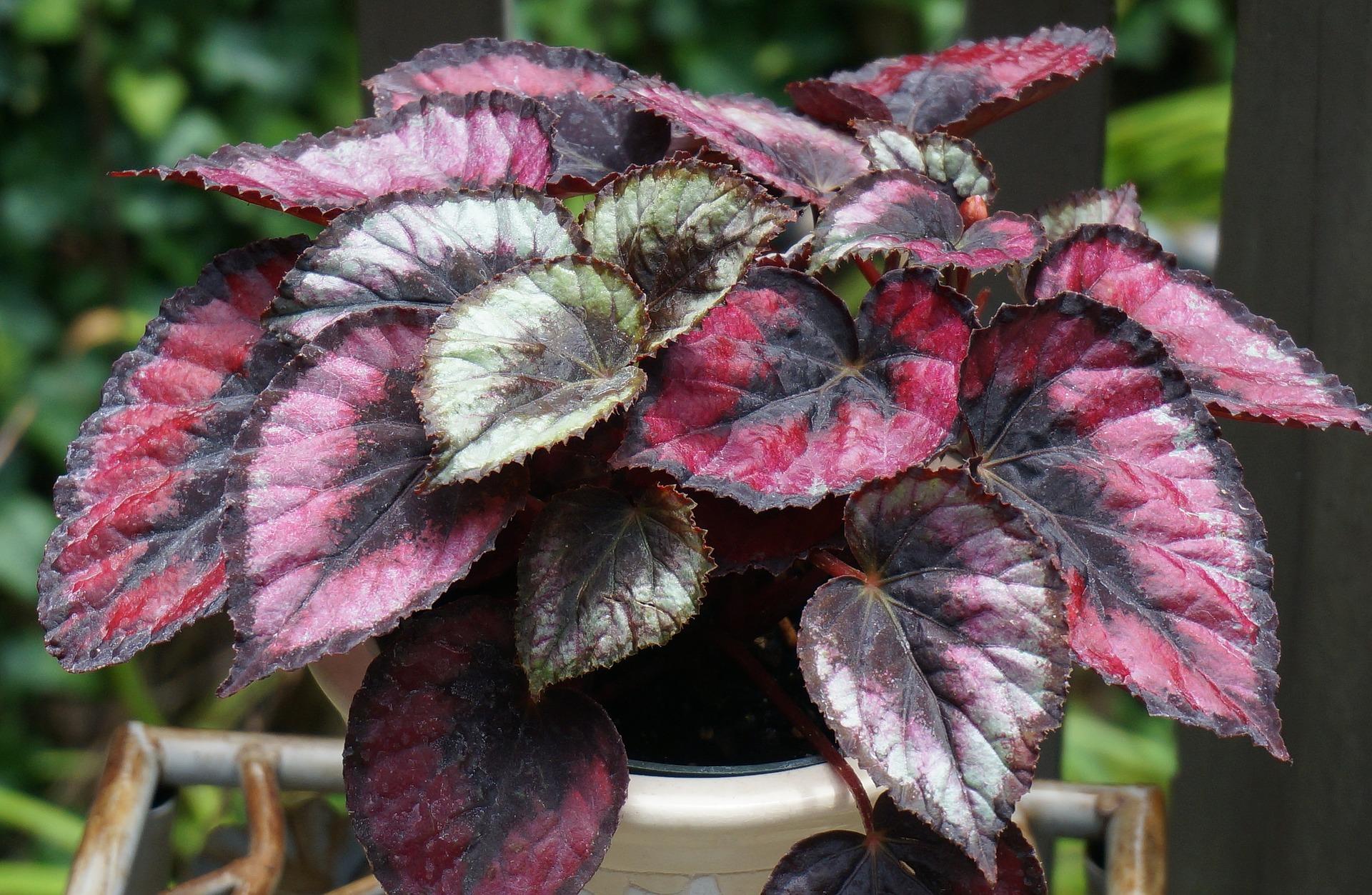
Temperature And Humidity For Indoor Plants University Of Maryland Extension
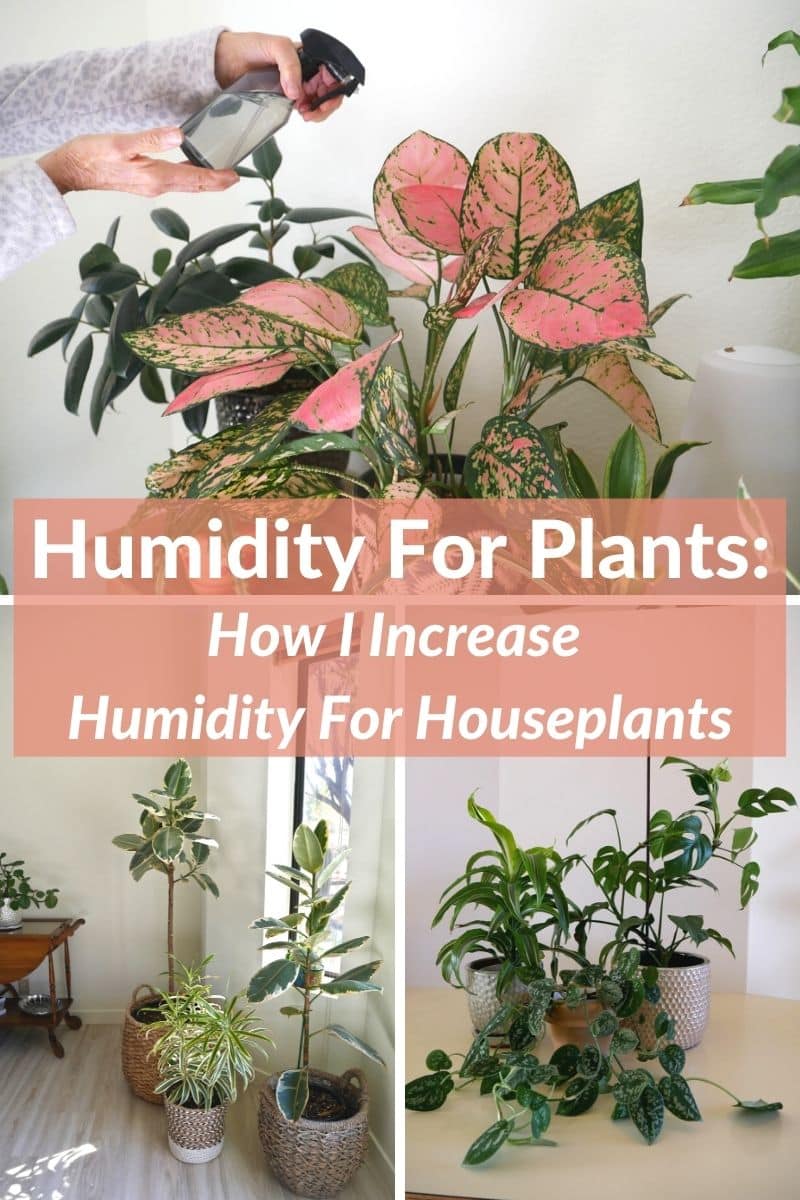
Plant Humidity How To Increase Humidity For Houseplants

Complete Guide To Use A Humidifier For Houseplants Bloomsprouts
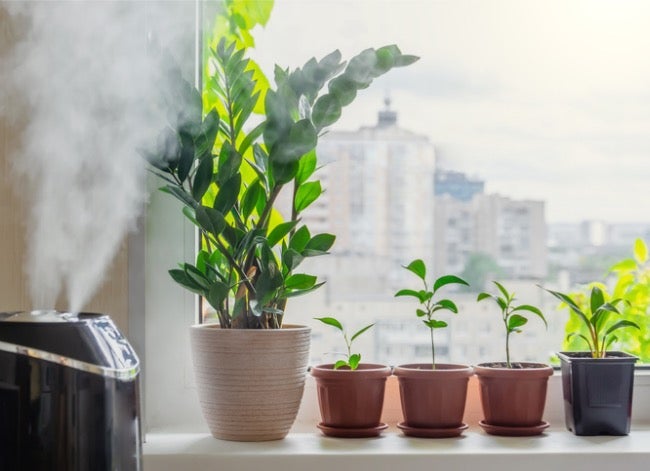
How To Increase Humidity For Plants Indoors Bob Vila

Houseplant Humidity Guidelines Better Homes Gardens
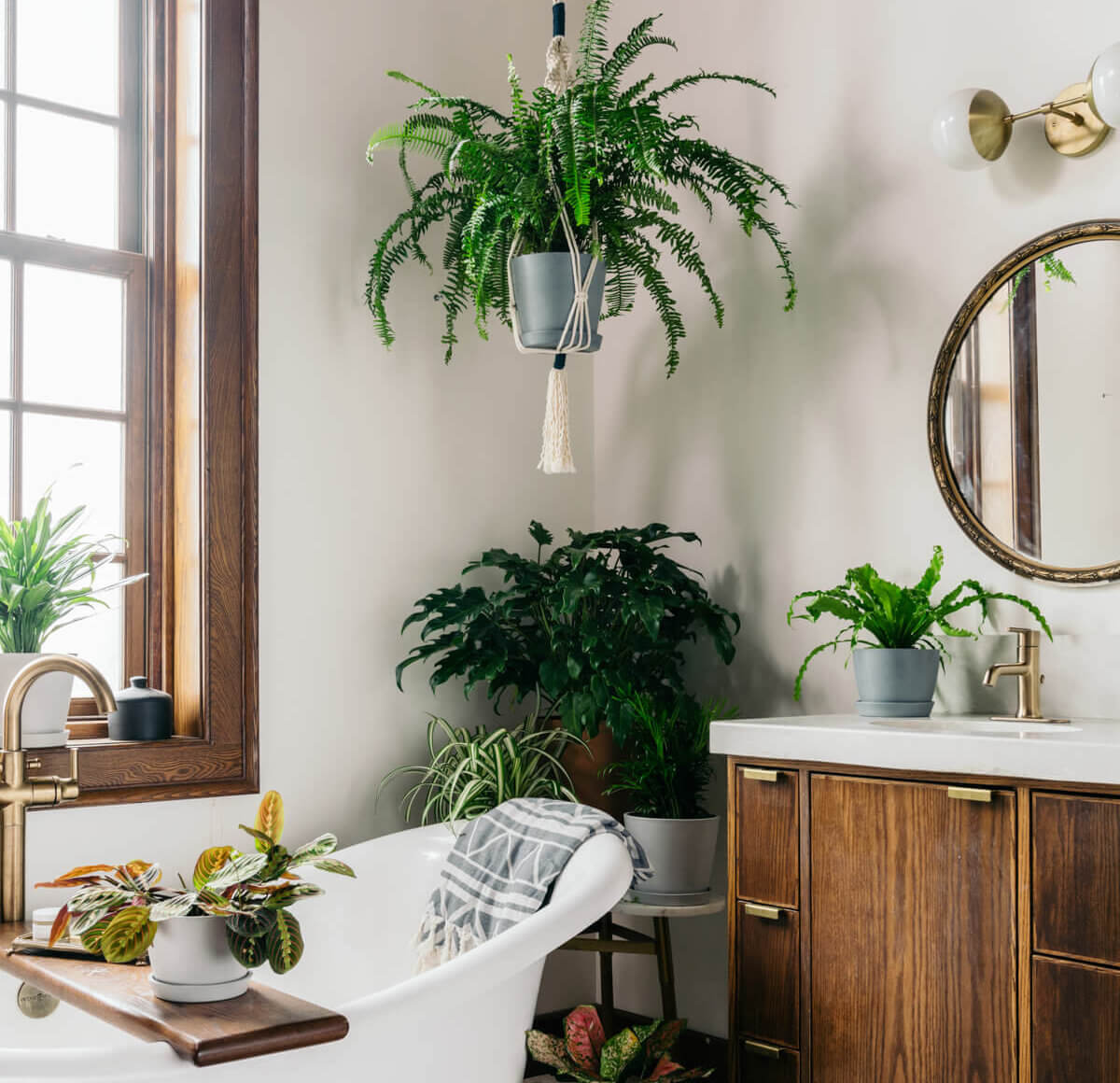
How To Increase The Humidity For Your Houseplants Bloomscape

Creating Humidity For Indoor Plants A How To Guide Dossier Blog

How To Increase The Humidity For Your Houseplants Bloomscape
Understanding Optimum Temperature And Humidity For Plants
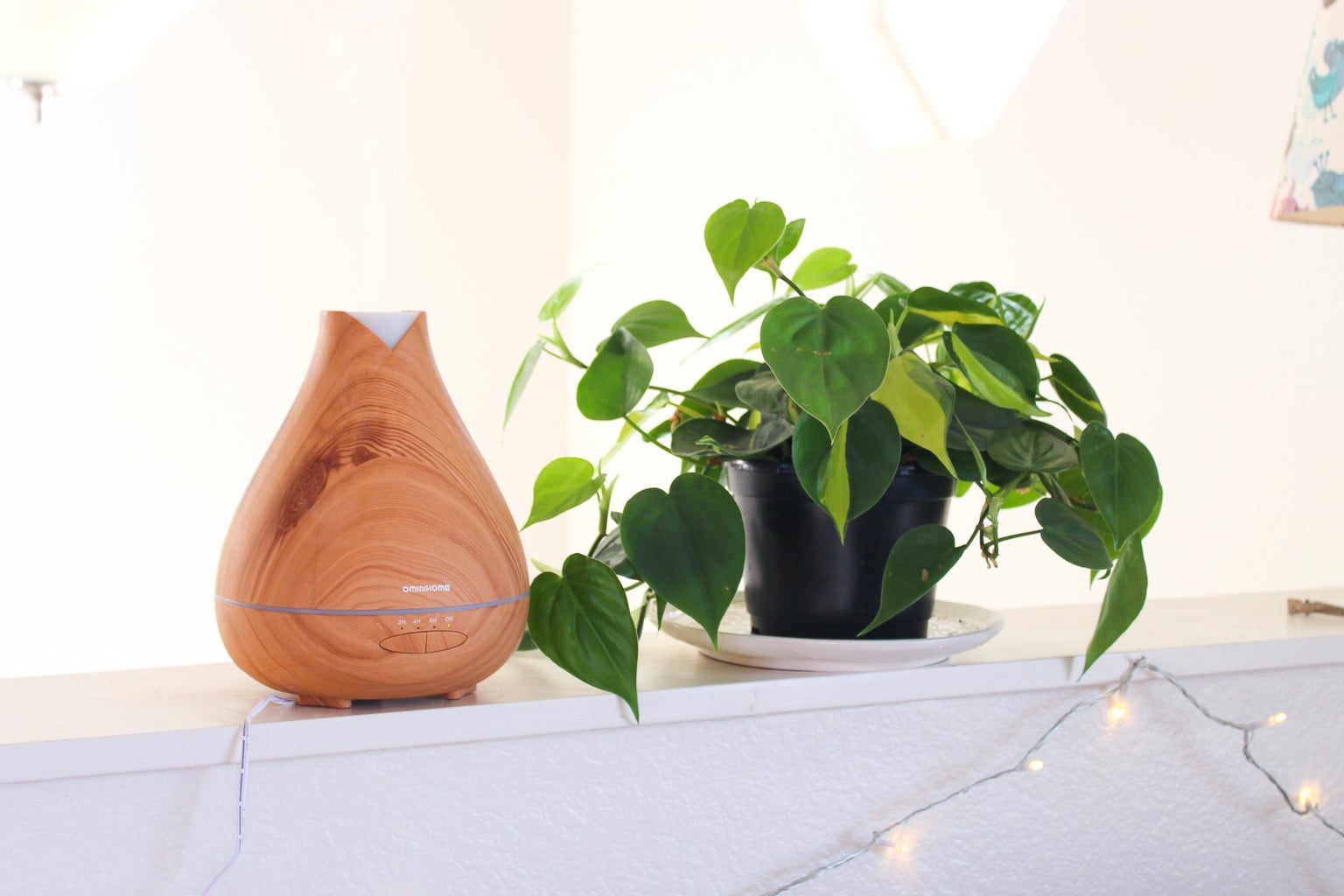
How To Increase Humidity For Houseplants 6 Steps With Pictures Instructables

20 Indoor Plants That Increase Humidity Reduce Dry Air In Homes

5 Indoor Plants That Absorb Humidity In Your House Apartment Plants Plants Indoor Plants
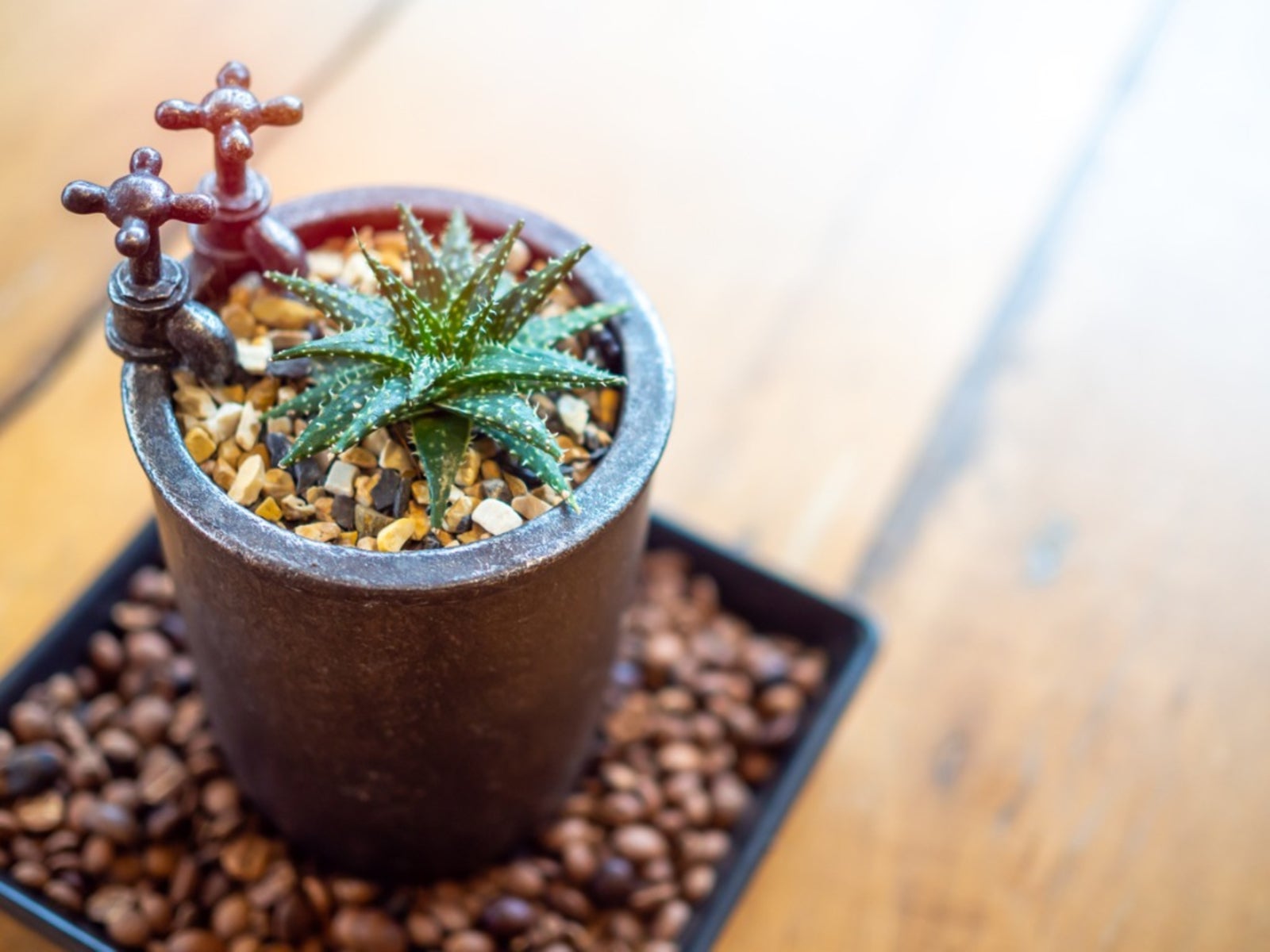
Humidity Houseplant Care Increasing Humidity Levels In Plants

How To Increase Humidity For Indoor Plants Lively Root
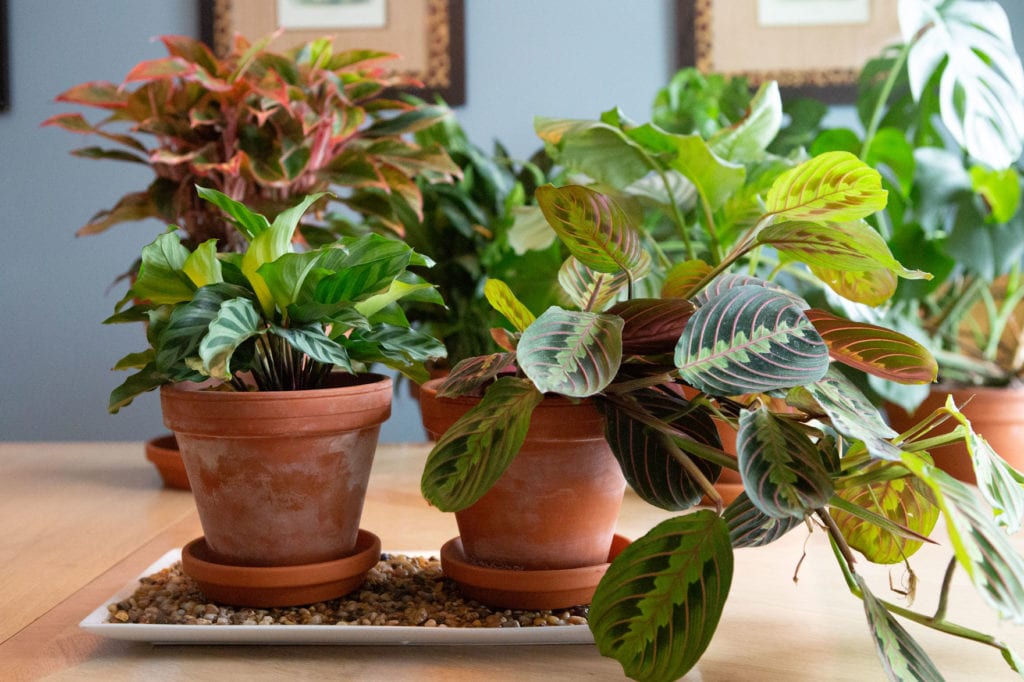
How To Increase The Humidity For Your Houseplants Bloomscape